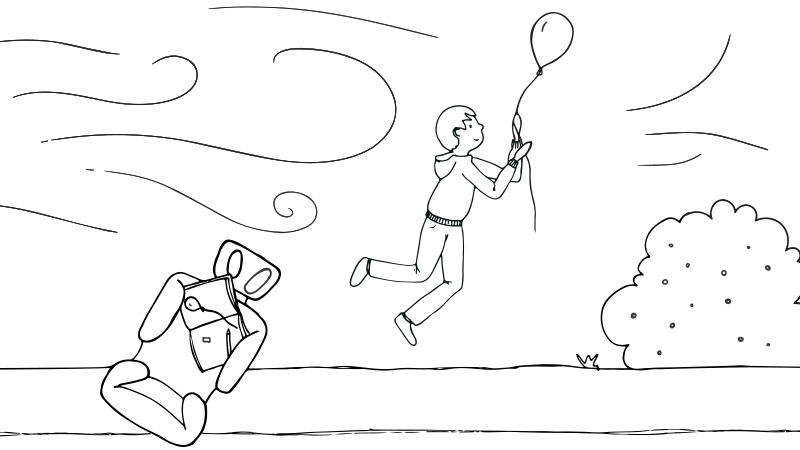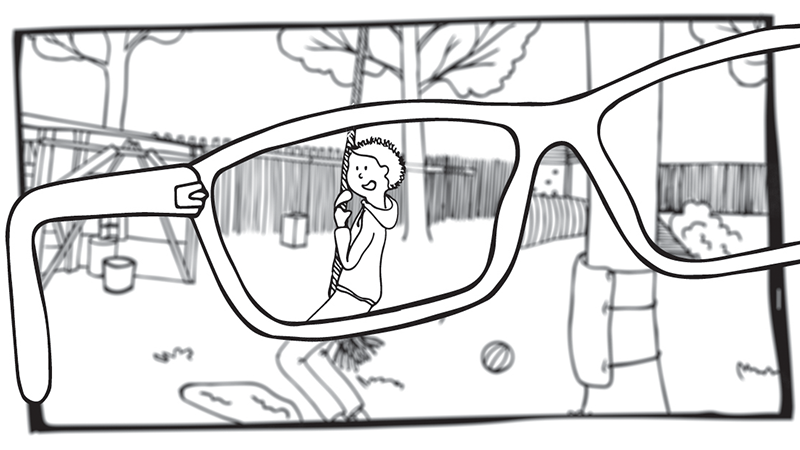Materials for Teachers and Parents
Photography for children with special needs

It is estimated that around 10% of children suffer from some kind of developmental disorder. These children may be physically handicapped, have speech impediments, cognitive deficits, visual or hearing impairments, autism, or have difficulty adjusting and show signs of emotional and behavioral problems.
As photographic cameras have become convenient and easy to use, it is possible to incorporate photographic activity in educational and even therapeutic work with children with special needs. This activity is especially suitable because children with special needs can join a larger group of children relatively equally and without the need of major individual adjustments.
On the one hand, photography can be seen as an activity that encourages and helps to advance developmental areas in which children are experiencing difficulties. On the other hand, photography can be an activity that lets children reaffirm and express themselves more easily, gain some independence, feel the sense of achievement, and build a healthy self-image. For many, the camera can be a kind of device that replaces a damaged organ or impaired physical or mental function.

For children with speech and language impairments, photography is suitable because it allows for expression and communication in a different way; for the physically challenged, photography is useful because it does not require a lot of physical strength and skills. Through this activity, visually impaired can see more clearly; socially withdrawn and less adaptable can establish personal relationships; those with ADHD can practice managing their attention and self-control; disinterested and unmotivated may find in photography a hobby that they will enjoy cultivating.
No special adjustments are normally needed for inclusion of children with special needs in the photographic activity. As some children are at greater risk of damaging the camera while handling it, it is necessary to consider buying more durable or protected camera models. Children with reduced mobility are the group that needs the most individual adjustments, and we can help them in several ways, such as using tripods, attaching the camera to a wheelchair, using interfaces that allow for remote control of the camera, etc.
Children with special needs are usually monitored and treated by experts from various institutions, so it is preferable to turn to them when in need of help in planning and implementing individual adjustments.

